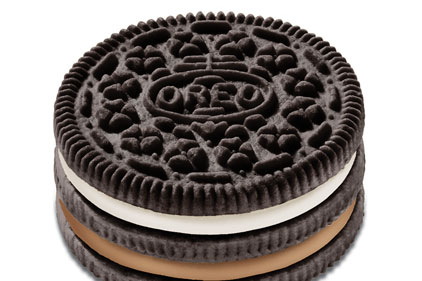Perception is Satiety

The team, led by University of Tokyo professor Michitaka Hirose, has developed an image processing system that changes the apparent size of a food item when one picks it up to eat it. The size of the user's hand appears unchanged.
The system involves a pair of eyeglasses equipped with video cameras connected to a computer that processes the images.
When a person wearing the glasses looks at a food item he or she is holding, the system processes the image of the item to make it appear as much as 50% larger or 33% smaller than actual size. It also processes images of the hand so it looks natural even while holding the different-size items.
The team conducted an experiment using the system, in which 12 men and women in their 20s and 30s were asked to eat cookies until they got full.
When the image processing system showed cookies 50% larger than actual size, the test subjects ate 9.3% less on average compared to the amounts they ate while viewing the cookies with their naked eyes.
In contrast, when the system showed cookies 33% smaller than actual size, the people ate 15% more on average, according to the team.
From the April 16, 2012, Prepared Foods’ Daily News
Looking for a reprint of this article?
From high-res PDFs to custom plaques, order your copy today!





